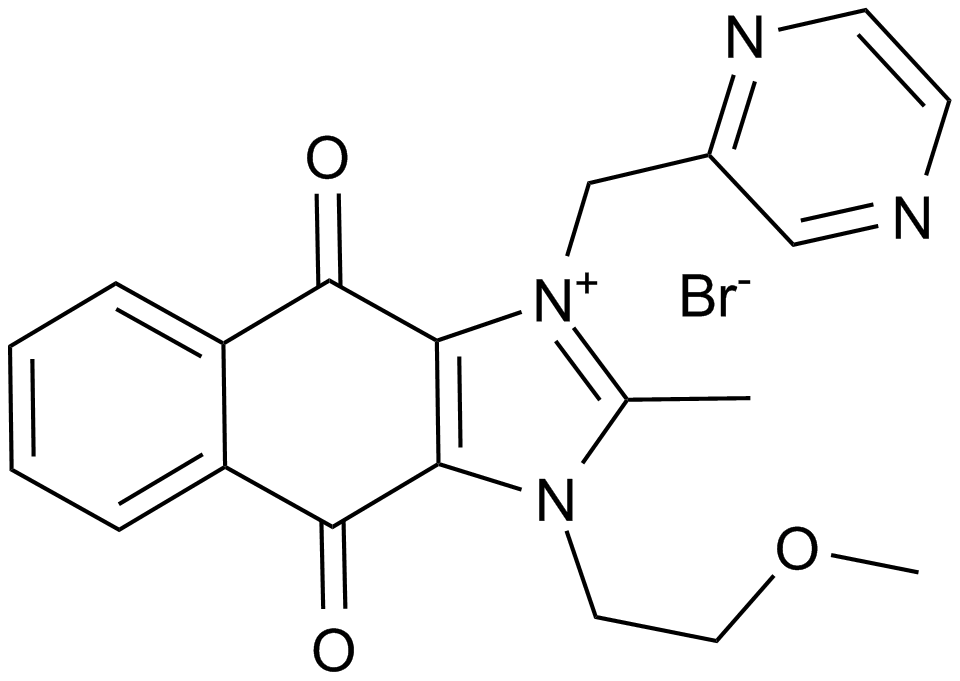IAP
Inhibitor of apoptosis proteins (IAPs) are a family of antiapoptotic proteins that suppress apoptosis by binding to and inhibiting caspases 3, 7 and/or 9. Members of IAP family are characterized by a novel baculoviral IAP repeat (BIR) domain (approximate 70 amino acids) in which a conserved cysteine and histidine residues (Cx2Cx6Wx3Dx5Hx6C) represents a novel zinc-binding fold. However, not all proteins with BIR domain qualify to be an IAP family member. The ability to suppress apoptosis is required as well. So far, eight members of human IAP family have been identified, which are divided into three classes, including class I (XIAP, cIAP1, cIAP2, ILP2 and MLIAP), class II (NAIP) and class III (SURVIVIN and BRUCE).
Products for IAP
- Cat.No. Product Name Information
-
GC68231
4-Methylsalicylic acid

-
GC50465
A 410099.1
High affinity XIAP antagonist; active in vivo
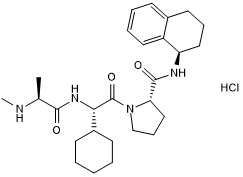
-
GC62640
APG-1387
APG-1387, a bivalent SMAC mimetic and an IAP antagonist, blocks the activity of IAPs family proteins (XIAP, cIAP-1, cIAP-2, and ML-IAP). APG-1387 induces degradation of cIAP-1 and XIAP proteins, as well as caspase-3 activation and PARP cleavage, which leads to apoptosis. APG-1387 can be used for the research of hepatocellular carcinoma, ovarian cancer, and nasopharyngeal carcinoma.
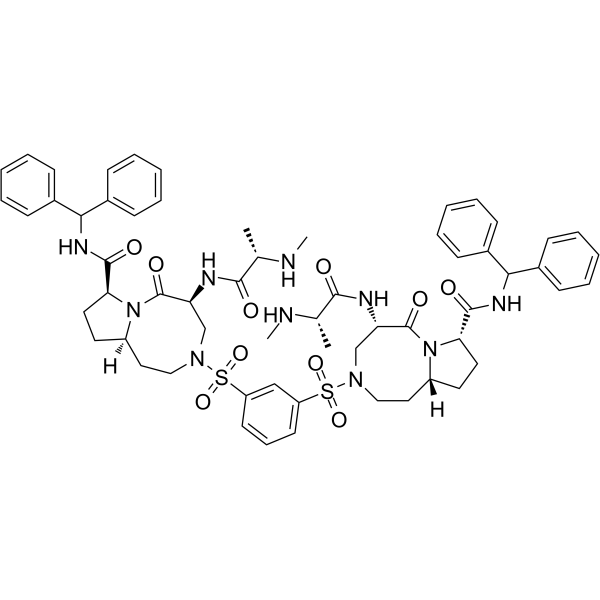
-
GC32803
ASTX660
ASTX660 is an orally bioavailable dual antagonist of cellular inhibitor of apoptosis protein (cIAP) and X-linked inhibitor of apoptosis protein (XIAP).
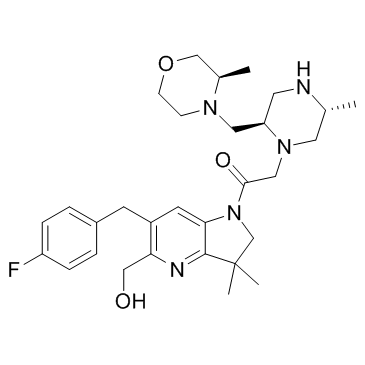
-
GC17448
AT-406 (SM-406)
AT-406 (SM-406) (AT-406) is a potent and orally bioavailable Smac mimetic and an antagonist of IAPs, and it binds to XIAP, cIAP1, and cIAP2 proteins with Ki of 66.4, 1.9, and 5.1 nM, respectively.

-
GC19050
AZD5582
AZD5582 is a novel class of dimeric Smac mimetics as potent IAP antagonist; binds potently to the BIR3 domains of cIAP1, cIAP2, and XIAP (IC50 = 15, 21, and 15 nM, respectively).
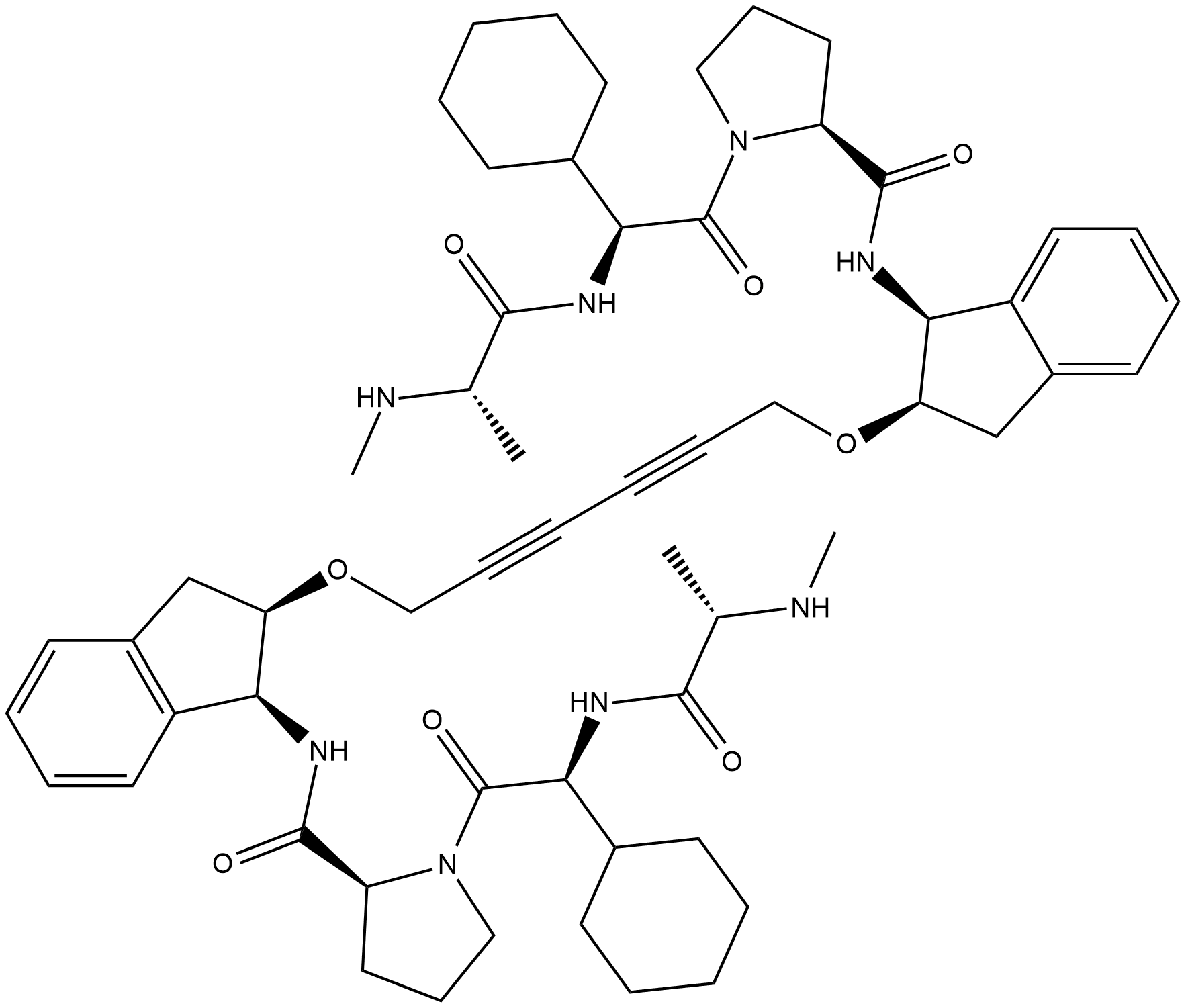
-
GC12426
Birinapant (TL32711)
An antagonist of cIAP1, cIAP2, and XIAP
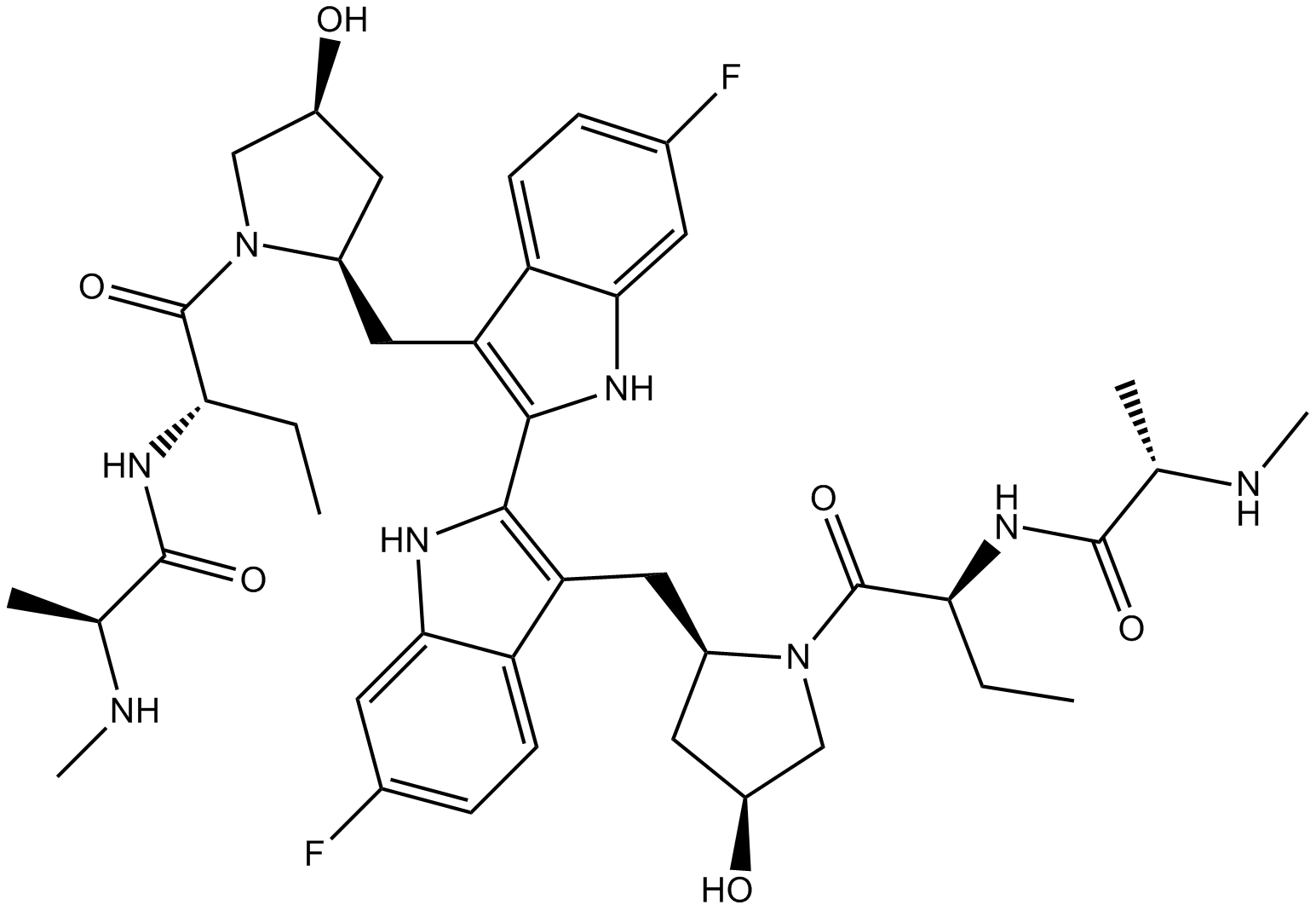
-
GC12333
BV6
Selective inhibitor of IAP proteins
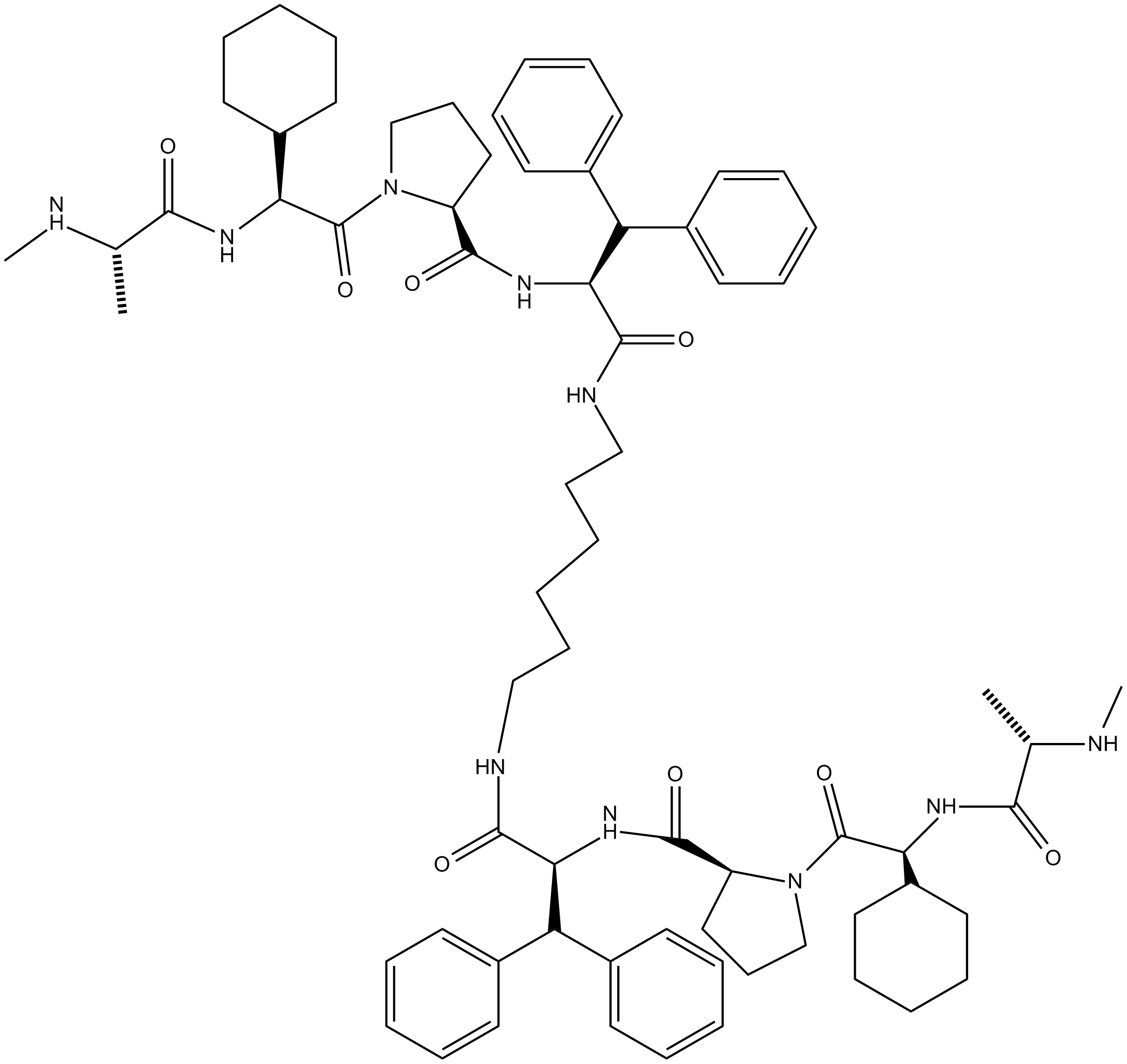
-
GC32781
CUDC-427 (GDC-0917)
CUDC-427 (GDC-0917) is a potent second-generation pan-selective IAP antagonist, used for treatment of various cancers.
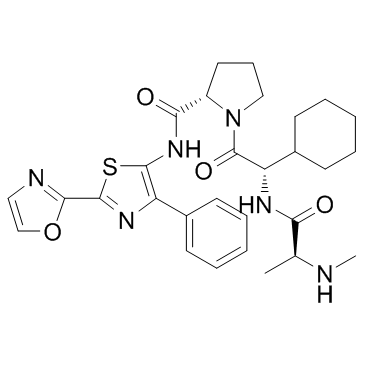
-
GC13163
Embelin
A benzoquinone with diverse biological activities
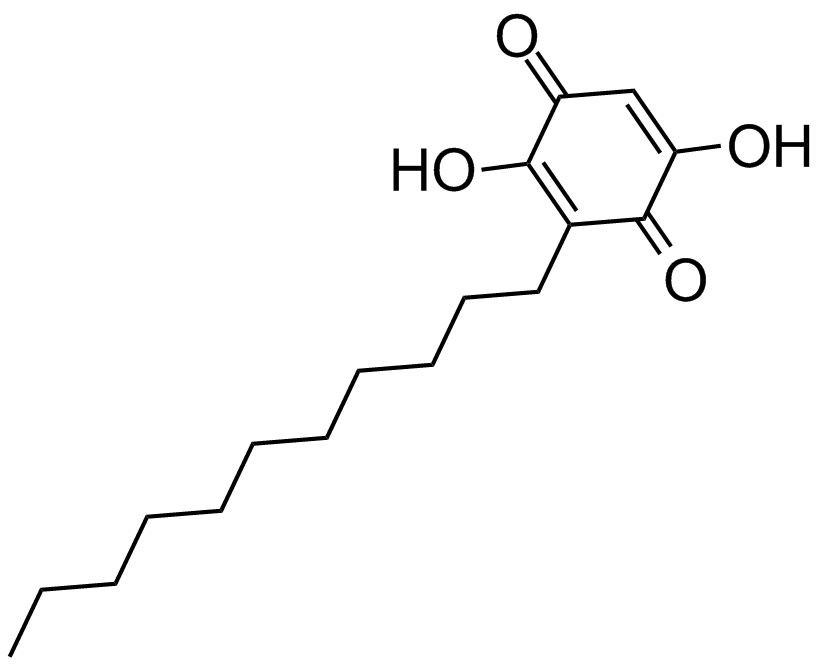
-
GC14451
GDC-0152
An inhibitor of IAPs
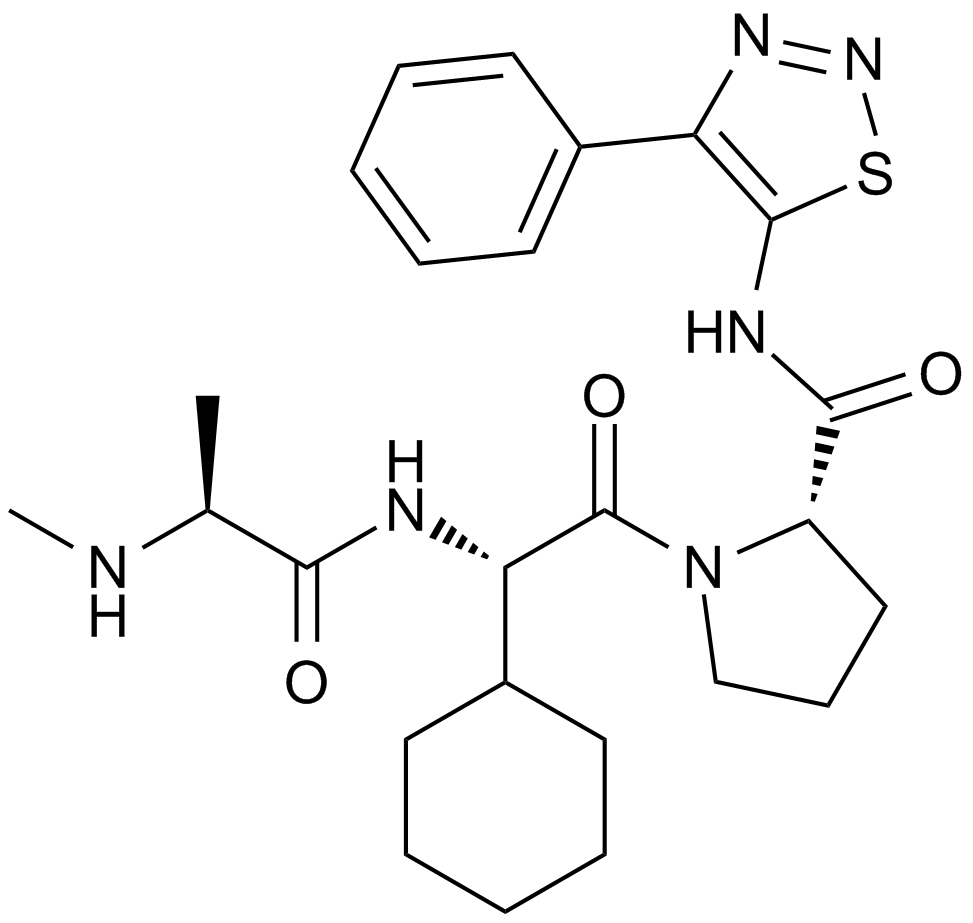
-
GC14291
LCL161
A Smac mimetic and inhibitor of IAP family proteins
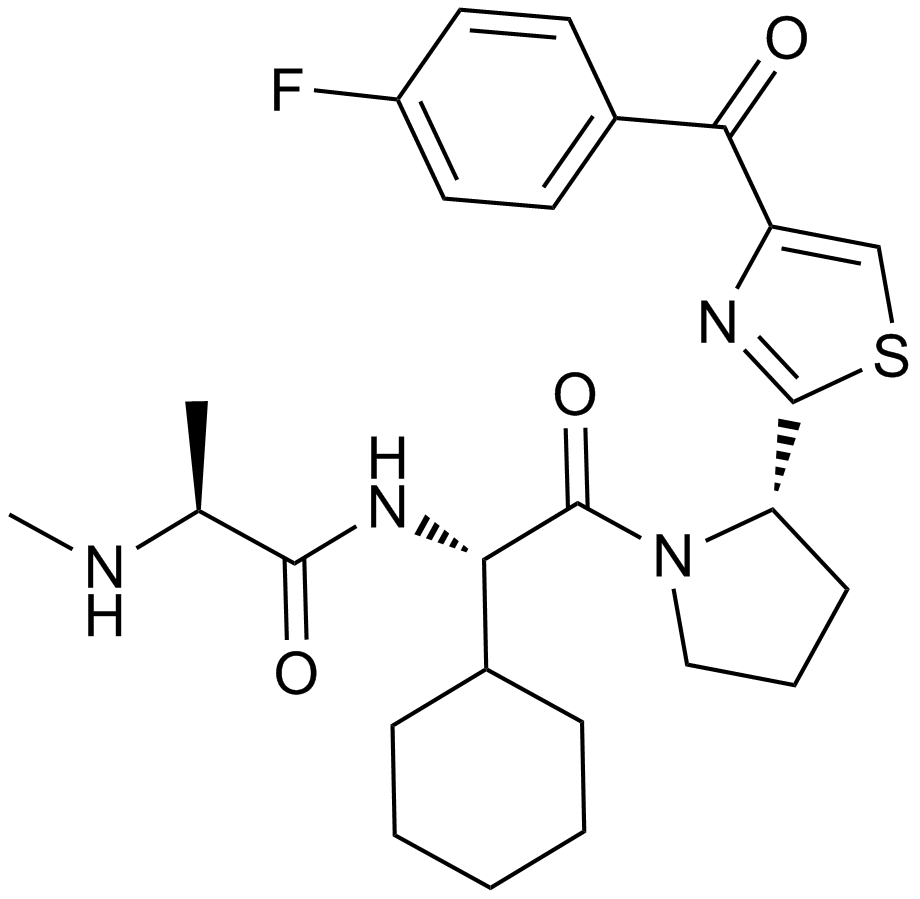
-
GC64980
MV1
MV1 is an antagonist of IAP (inhibitor of apoptosis protein), leads to protein knockdown of HaloTag-fused proteins when combined with HaloTag ligand.
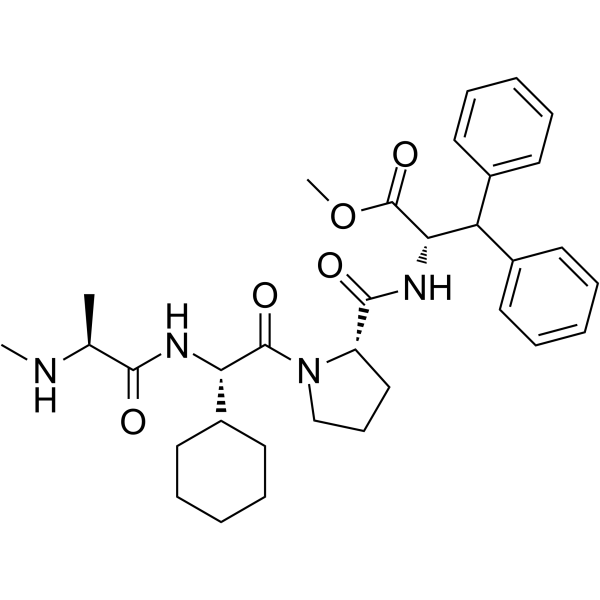
-
GC19257
MX69
MX69 is an inhibitor of MDM2/XIAP, used for cancer treatment.
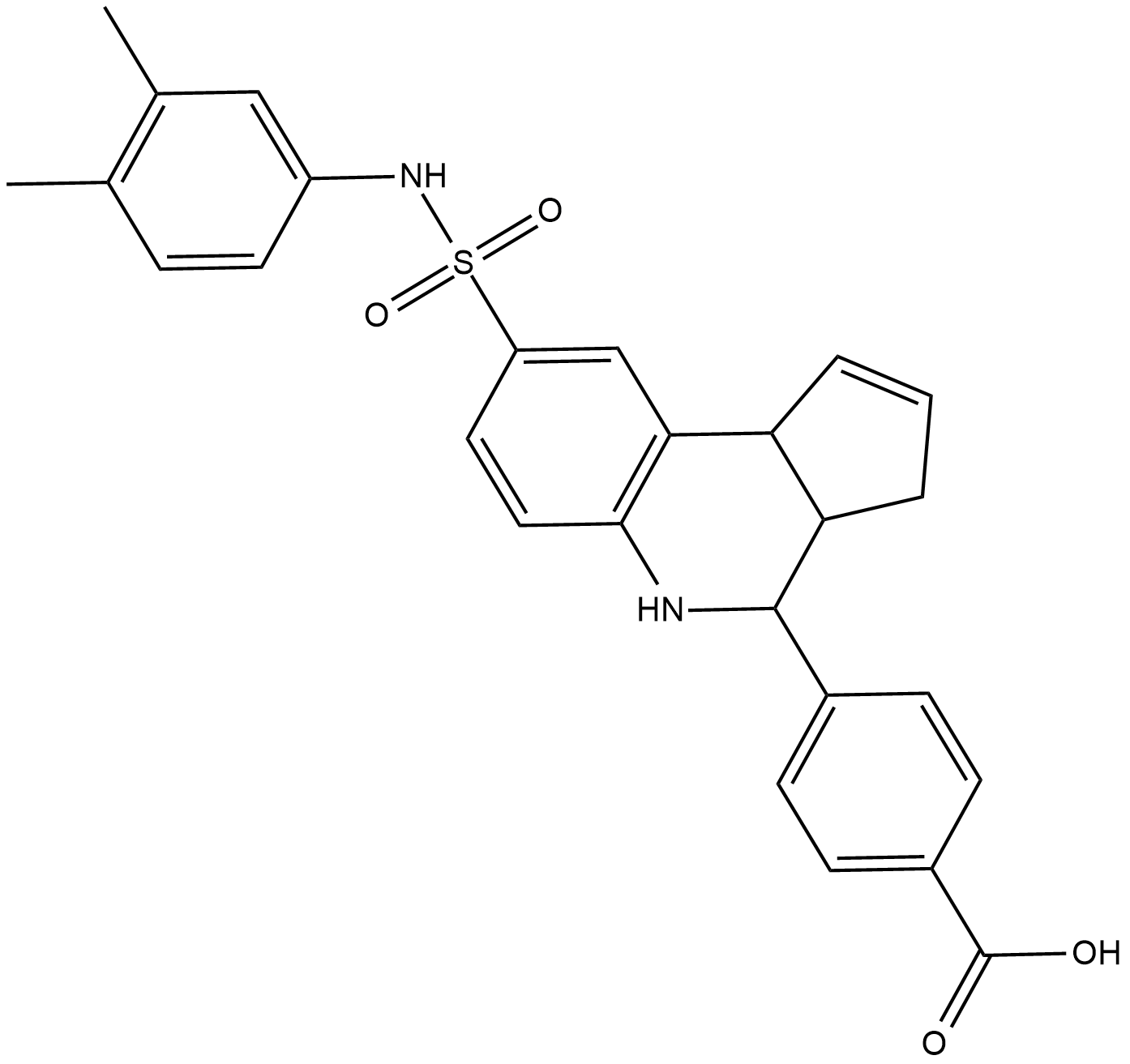
-
GC38545
Polygalacin D
Polygalacin D (PGD) is a bioactive compound isolated from Platycodon grandiflorum (Jacq.) with anticancer and anti-proliferative properties.PGD suppresses the expression of the IAP family of proteins including survivin, cIAP-1 and cIAP-2 and blocks the PI3K/Akt pathway by inhibiting the phosphorylation of GSK3β, Akt and the expression of PI3K. Polygalacin D induces apoptosis
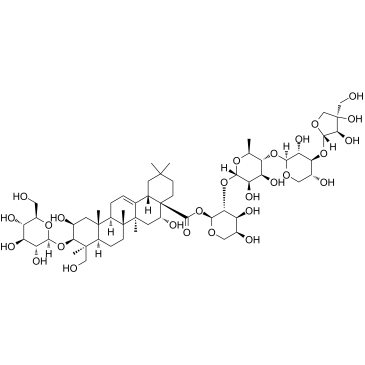
-
GC63870
SBP-0636457
SBP-0636457 (SB1-0636457) is a SMAC mimetic, and as an IAP antagonist. SBP-0636457 binds to the BIR-domains of the IAP proteins, with a Ki of 0.27 μM. SBP-0636457 can be used for the research of solid tumors and hematologic cancers.
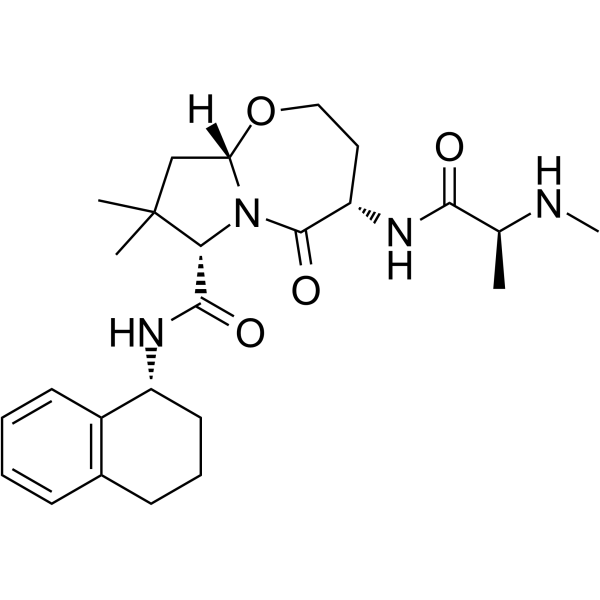
-
GC63194
SM-1295
SM-1295 is an inhibitor of apoptosis protein (IAP) antagonist, with Kd values of 3077 nM, 3.2 nM and 9.5 nM for XIAP-BIR3, c-IAP1-BIR3 and c-IAP2-BIR3, respectively.
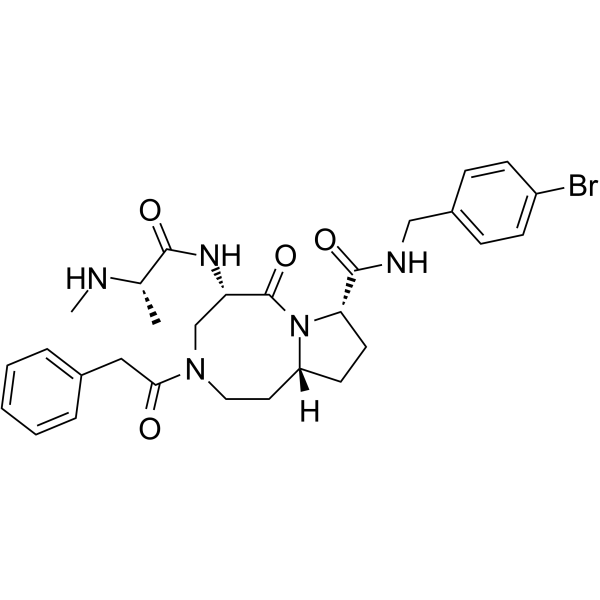
-
GC17167
SM-164
Anticancer agent
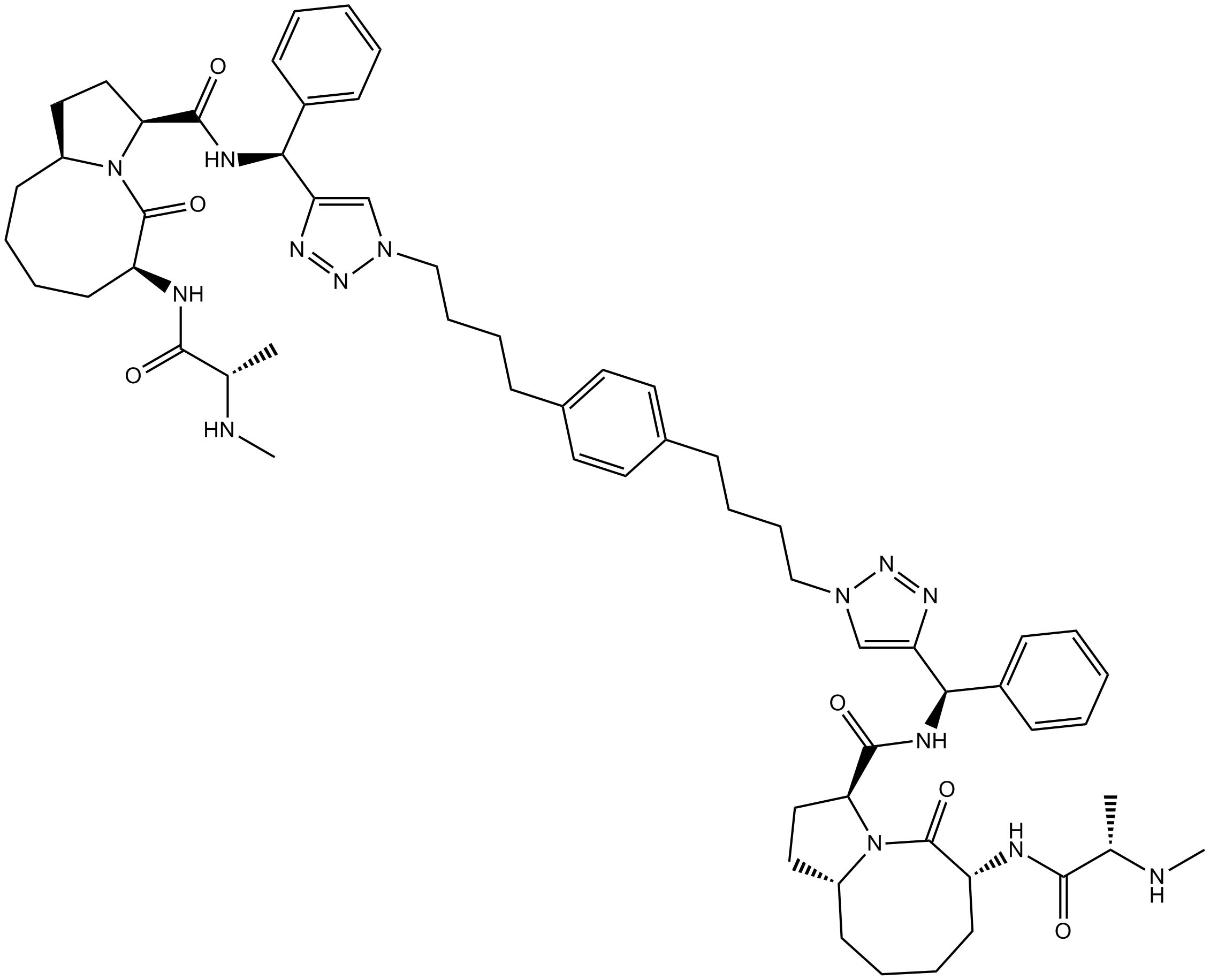
-
GC37649
SM-164 Hydrochloride
SM-164 Hydrochloride is a cell-permeable Smac mimetic compound. SM-164 binds to XIAP protein containing both the BIR2 and BIR3 domains with an IC50 value of 1.39 nM and functions as an extremely potent antagonist of XIAP.
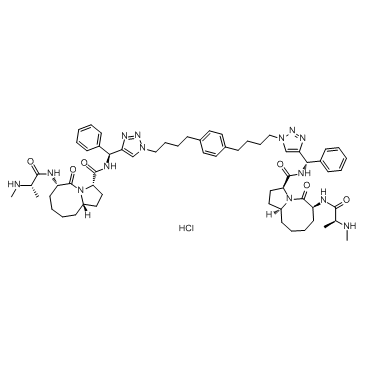
-
GC63195
SM-433
SM-433, a Smac mimetic, function as inhibitor of inhibitor of apoptosis proteins (IAPs). SM-433 exhibits strong binding affinity XIAP BIR3 protein with an IC50<1 μM (patent WO2008128171A2).
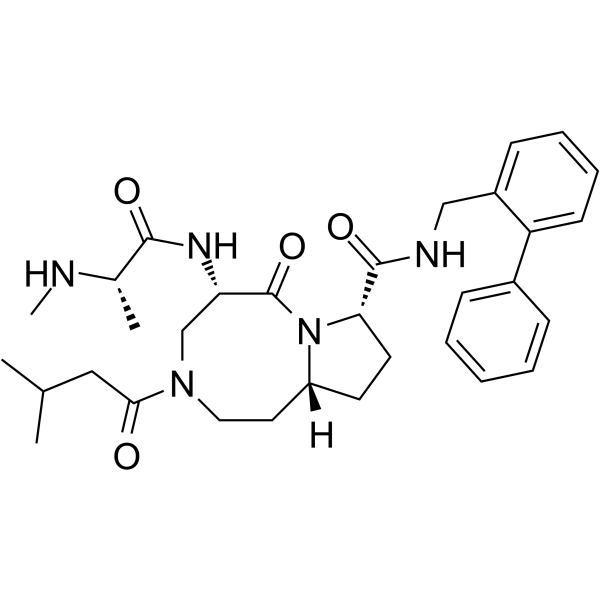
-
GC63709
SM-433 hydrochloride
SM-433 hydrochlorid, a Smac mimetic, function as inhibitor of inhibitor of apoptosis proteins (IAPs). SM-433 hydrochlorid exhibits strong binding affinity XIAP BIR3 protein with an IC50<1 μM (patent WO2008128171A2).
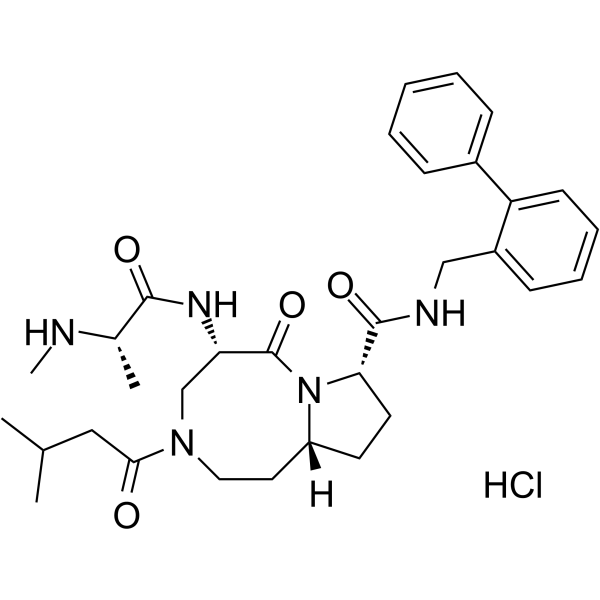
-
GC14402
Triptolide
Triptolide is a diterpenoid triepoxide extracted from the root of Thunder God Vine, acting as an inhibitor of NF-κB activation. NF-κB is a family of transcription factor protein complexes.
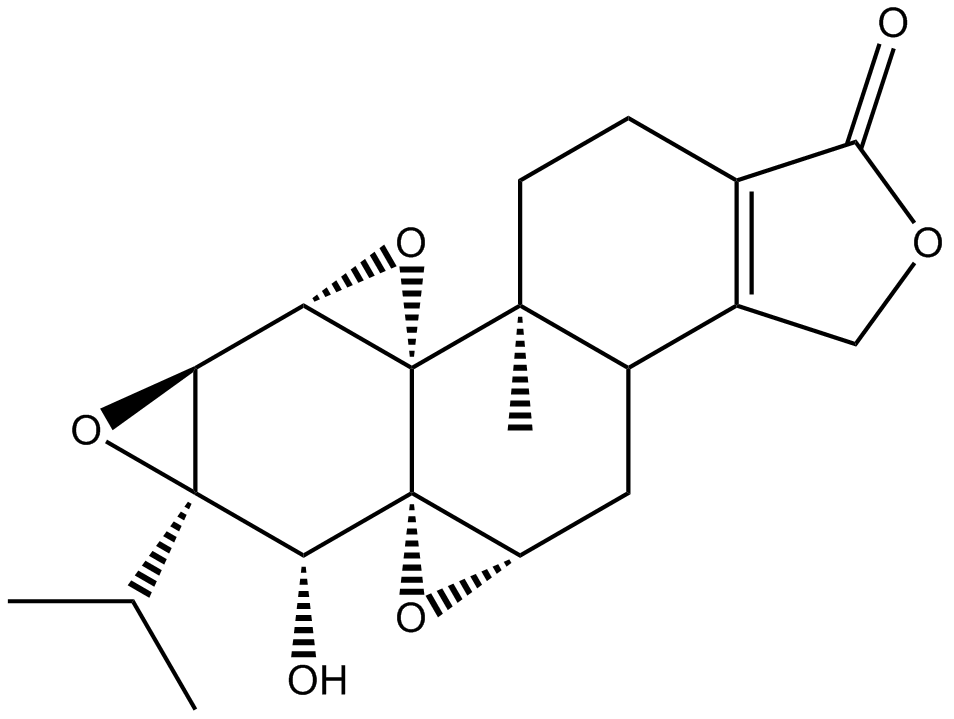
-
GC16479
UC 112
IAP inhibitor
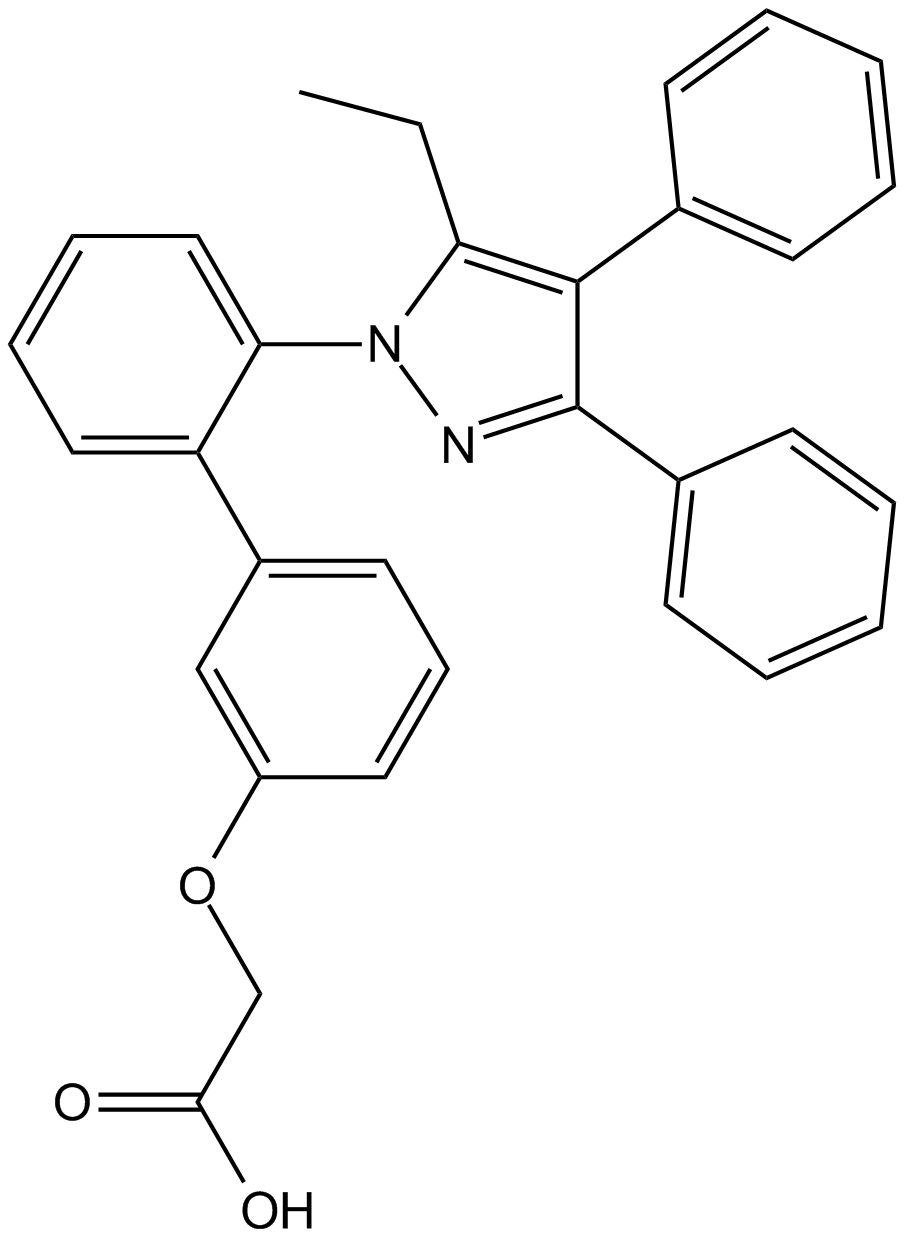
-
GC63290
Xevinapant hydrochloride
Xevinapant (AT-406) hydrochloride is a potent and orally bioavailable Smac mimetic and an antagonist of the inhibitor of apoptosis proteins (IAPs). Xevinapant hydrochloride binds to XIAP, cIAP1, and cIAP2 proteins with Kis of 66.4, 1.9, and 5.1 nM, respectively. Xevinapant hydrochloride effectively antagonizes XIAP BIR3 protein in a cell-free functional assay, induces rapid degradation of cellular cIAP1 protein, and inhibits cancer cell growth in various human cancer cell lines. Xevinapant hydrochloride is highly effective in induction of apoptosis in xenograft tumors.
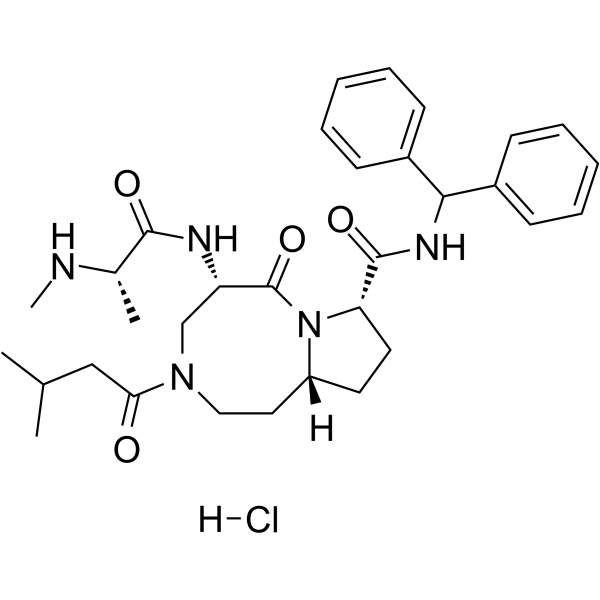
-
GC68388
XIAP degrader-1
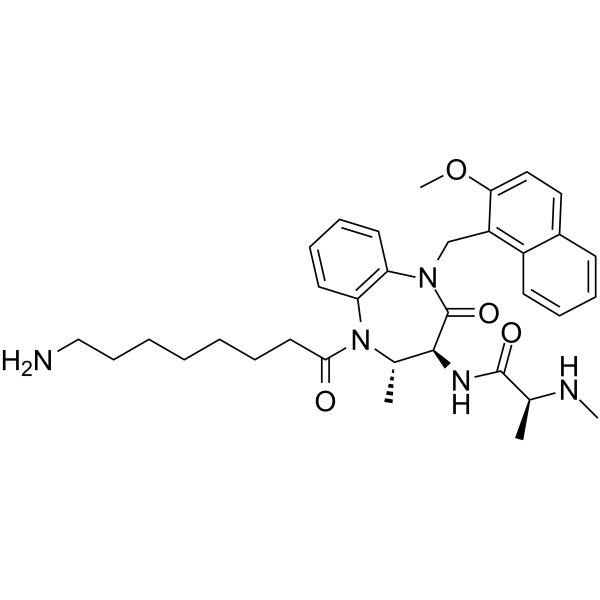
-
GC13107
YM155
A small molecule survivin suppressant
